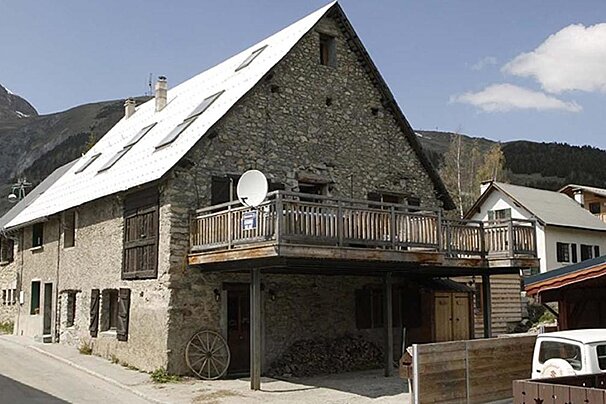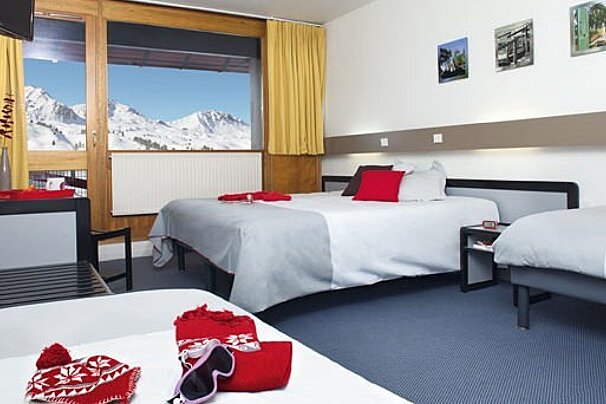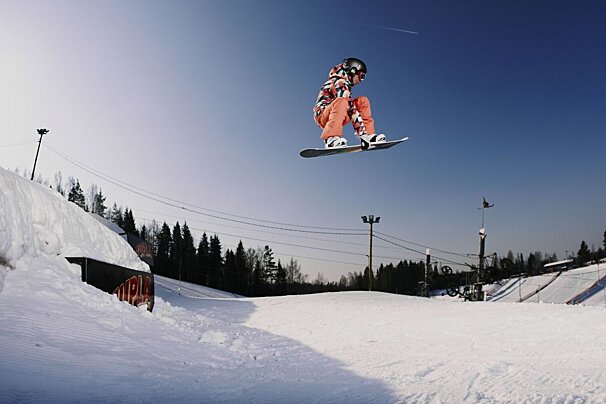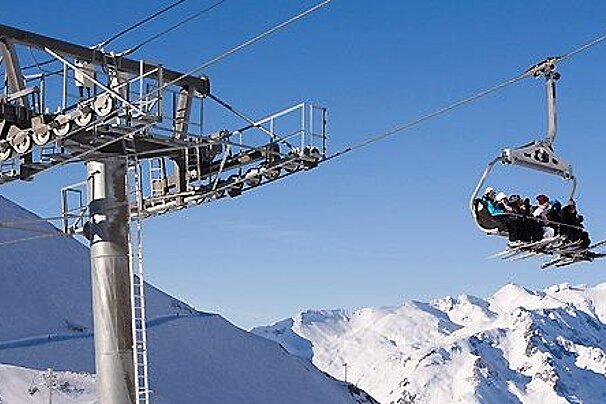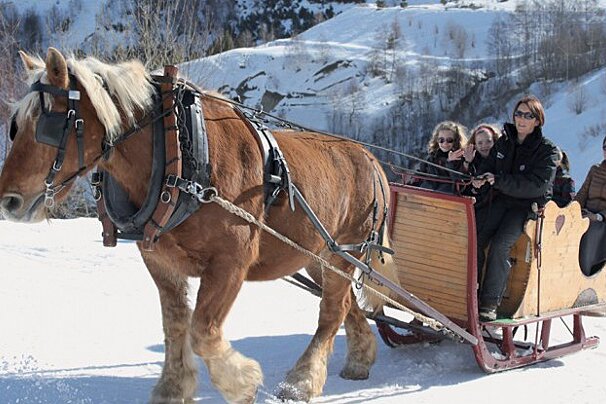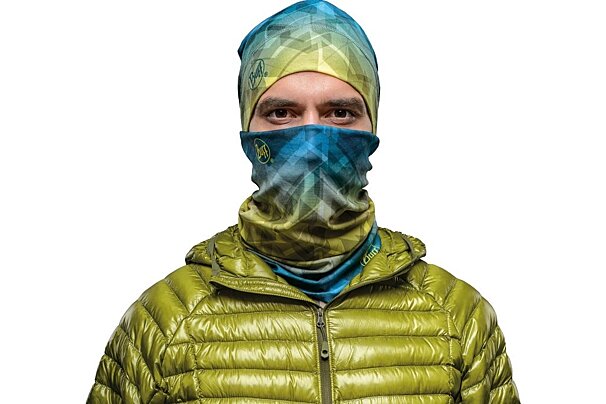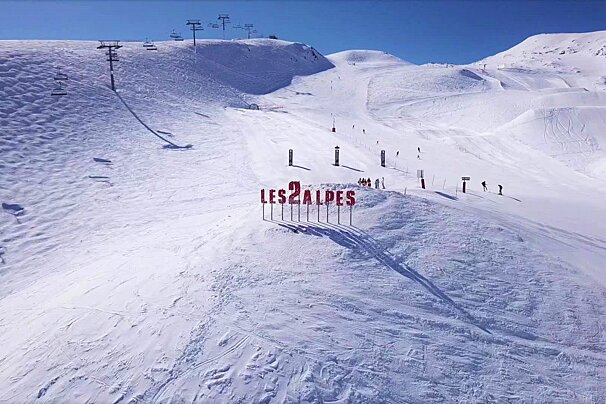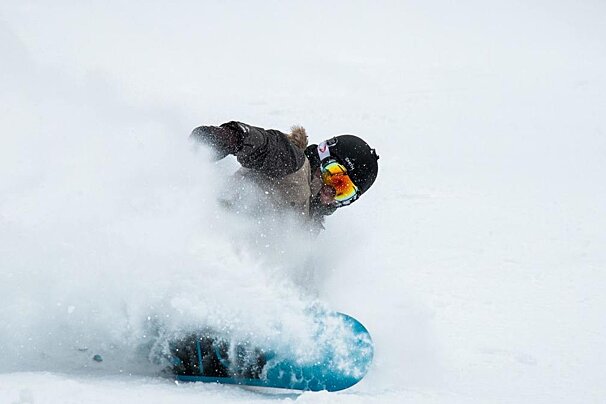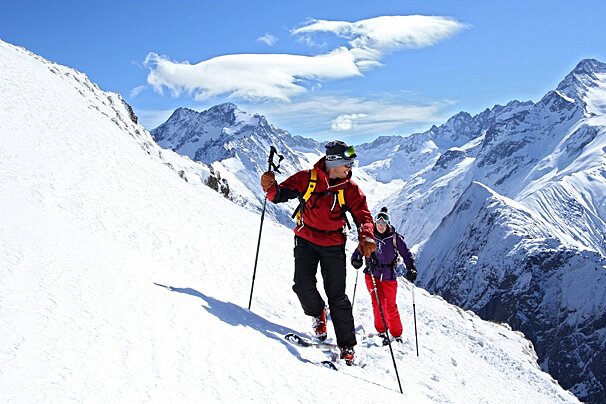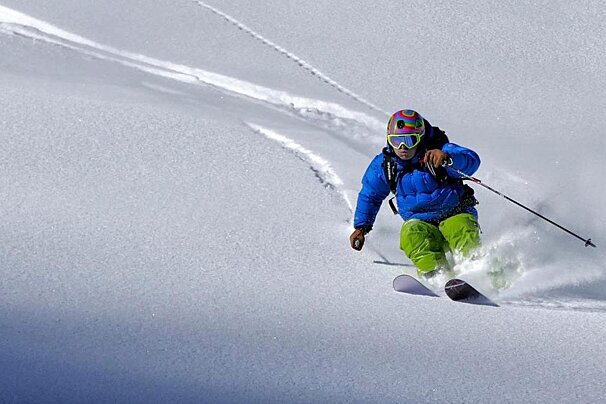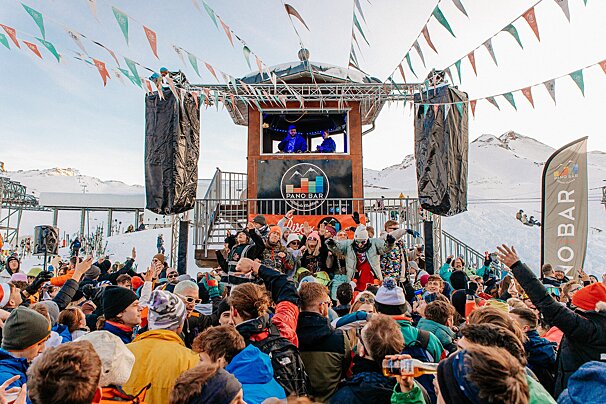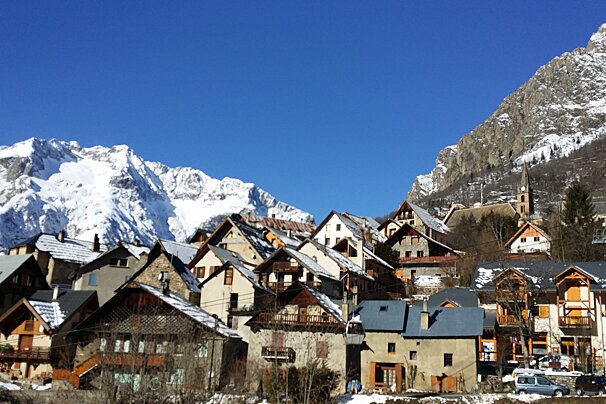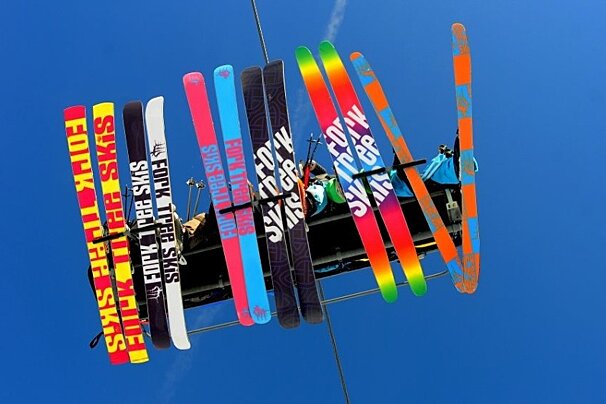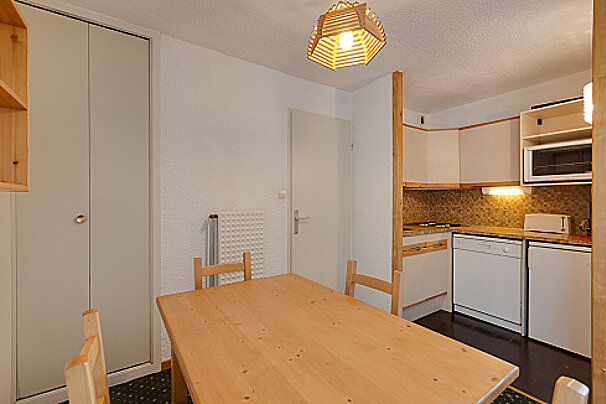
New Guide to Avoid Future Avalanche Tragedies
Ségolène Royal ushers in new guidelines for building in avalanche zones
Ségolène Royal, the Minister of Ecology for France, has signed off on a new guide that will allow local prefectures to better assess avalanche risk when planning new residential developments.
The “guide méthodologique avalanches” was written in 2004 but, eleven years later, has only just been published and given the green light to be put into use by town planners across France.
Work on the guide took into account lessons learned by the recent (at the time) avalanche of 1999 that claimed 12 lives in the village of Montroc, part of the Chamonix valley. 19 houses were struck by massive amounts of snow and rocks - it later transpired that similar avalanches had swept through the same area three times previously in 1843, 1908 and 1945 but were not taken into consideration when the houses were built.
The guide aims to give town planners more comprehensive knowledge about the local area so that they can better evaluate the risks when building new residences; it draws on historical records of avalanches going back over the past 300 years to predict which zones are safe or not. Furthermore, a new zone has been created to add to the three that already exist - yellow indicates that an area is likely to be prone to serious avalanches under certain weather conditions. This is in addition to white (safe), blue (some risk, buildings must be built with protection) and red (dangerous, construction of buildings not permitted).
Some people, such as the committee created by the families of the Montroc victims, are very happy to see such a guide being put into place. They believe that it could prevent another such tragedy from happening again and save many lives. However, others are opposing the yellow zone as they say that it is unmanageable and doesn’t take into account modern forestry work, climate conditions, or planning of ski areas.
In May, Chamonix became the first French town to put these measures into practise and recognise the existence of the yellow zone. Ségolène Royal has approved the guide to be used across 17 departments of France, where 1,429 inhabited sites sit at the bottom of potentially avalanche-prone couloirs. The guide will be used in helping the departments to decide on their “Plans de Prévention des Risques Naturels” (natural risk prevention plans) and for informing residents and tourists of what to do in the event of an avalanche.




